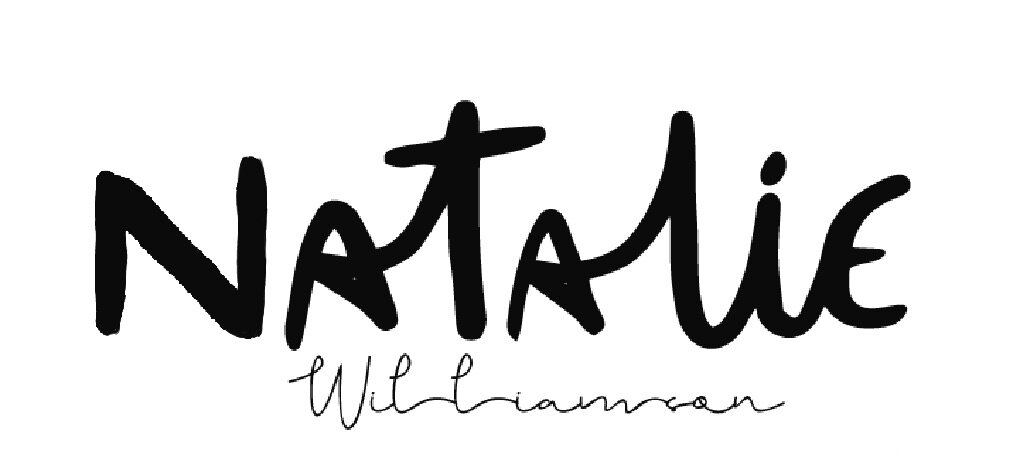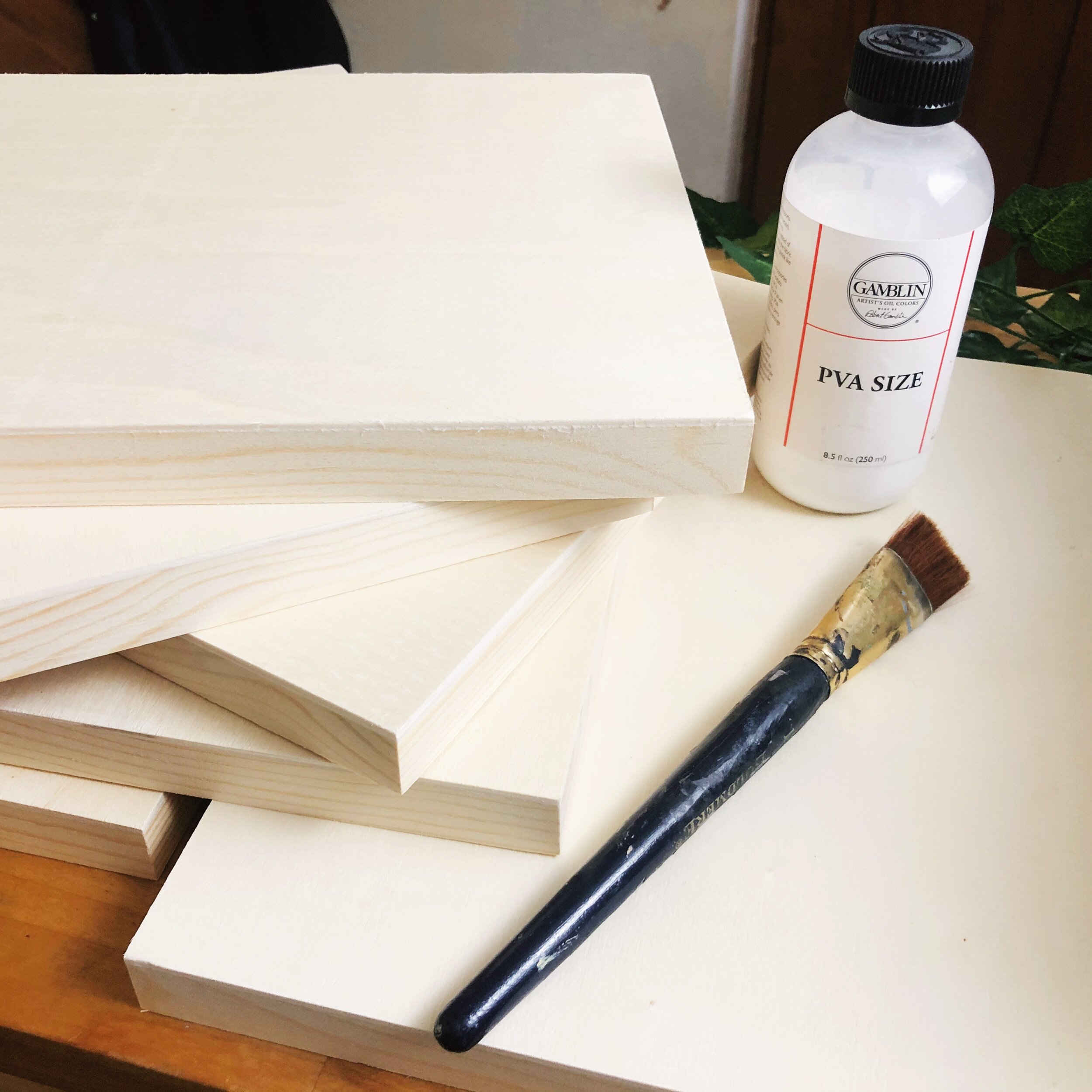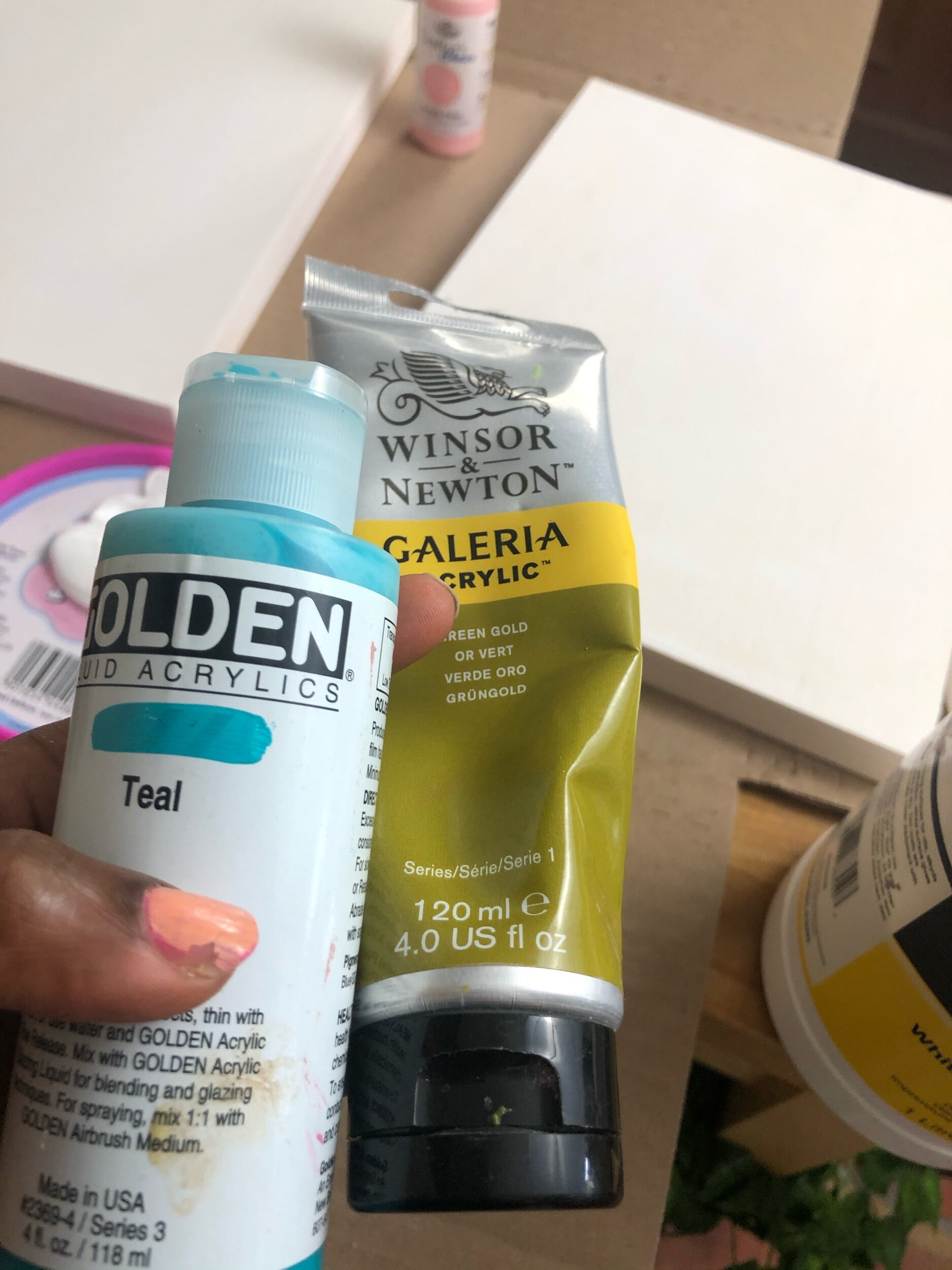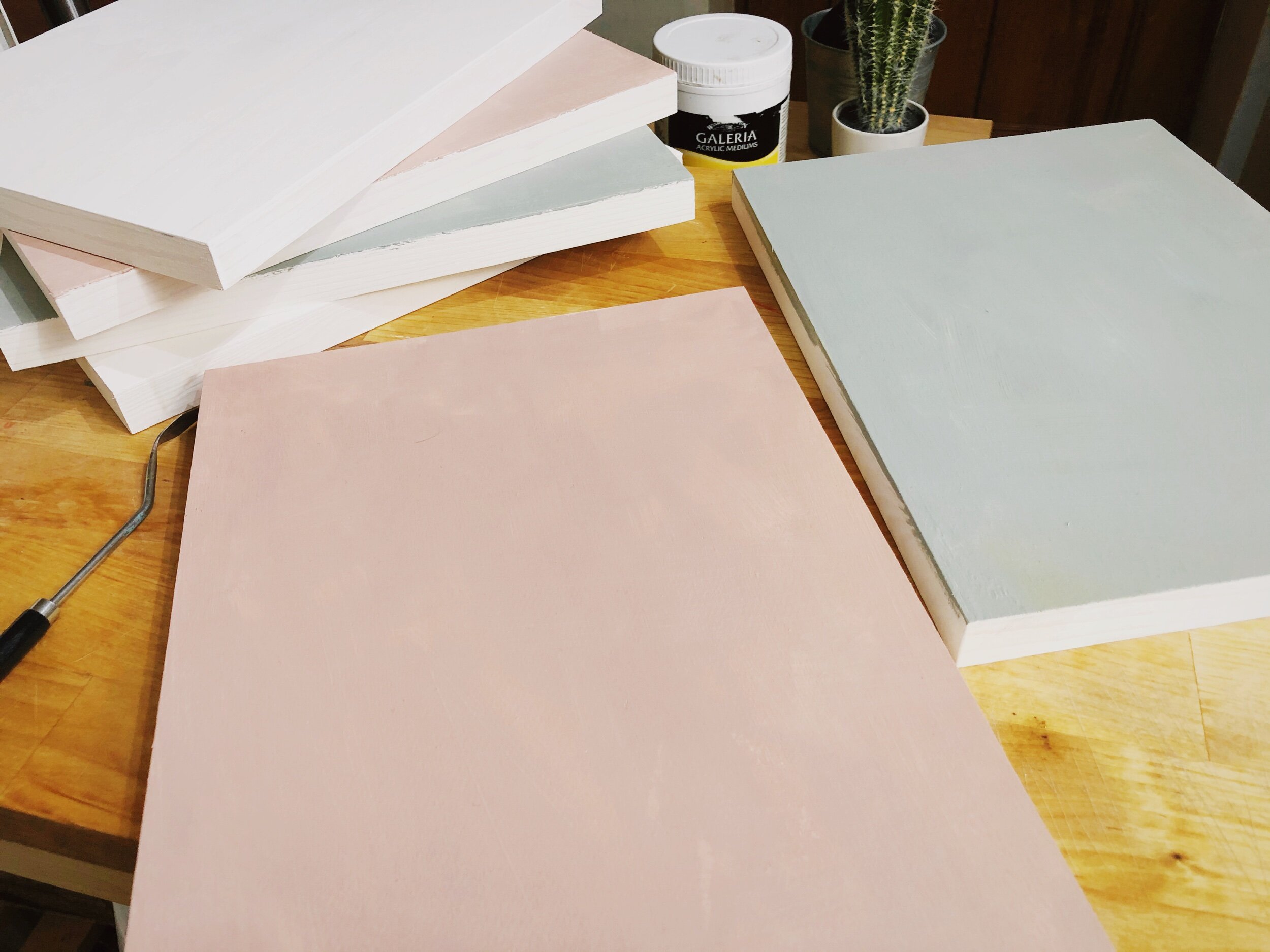How to Prep Wood Panels for Oil Painting
Supplies:
Sandpaper (optional. Recommended if wood isn’t smooth to begin or if you like a smooth gesso surface)
Gamblin PVA Size
Medium/Large Paintbrush
White Acrylic Gesso (I use Winsor & Newton’s Galeria)
Acrylic fluid or regular acrylic paint in your chosen colour/s (optional)
Sanding
Depending on where you purchase your wood panels and how you like your surface, you might want to sand down the surface of your panel using a fine sheet of sandpaper. This particular batch of panels are unbranded and don’t have as smooth a finish as those I have previously purchased by Jackson’s Art Supplies so a little extra prep went into smoothing a couple of the surfaces.
If you do sand the wood, make sure you completely remove all the dust before working with the size. I haven’t tried them myself yet, but I recently found these unprimed panels by Arteza which is a brand I have used before so expect them to arrive in a more ready to use state: https://amzn.to/3I3UAAp. (If you give these a try let me know your verdict).
Gamblin PVA Size
I use Gamblin PVA Size (undiluted) to seal the wood and prevent too much absorption of the paint. Remember to shake the size before using as it tends to settle in the bottle.
I like to apply the size to the sides first, so I can touch the top to turn if needed. Then working from left to right top to bottom (paying extra attention to the edges), brush the liquid onto the surface. As the size is transparent, it can quickly become tricky to see where you have applied it and therefore easy to miss spots. I find working under a bright light helps you to spot missed areas when you tilt the surface into the light.
White Acrylic Gesso
I use Winsor & Newton white acrylic gesso to further protect the surface of the wood and add tooth for the paint to adhere to. Two coats of gesso are applied, allowing for drying time in between. This particular gesso is a little on the runny side in comparison to some other brands. Personally I don’t find that a problem because I like to see some of the wood grain showing through subtly. I also prefer to work on a toned or coloured ground rather than a white one and I find this gesso gives a lovely stained effect the wood when combined with some acrylic pigment.
Custom Coloured Gesso
Mixing a small amount of acrylic paint into the gesso creates a great background to work on which takes the oil paint well. I find both the glide and drag of my paint and brush on this surface is perfectly balanced and suits my paint application style down to a T.
Golden high flow acrylics and other highly pigmented acrylic fluid paints are an especially good choice for this purpose as you only need to add a couple of drops, however any acrylic paint will work. I like to create a neutral tone which complements the style of colours I usually work with, if not a neutral grey.
Prepping my panels this way, I find my colours are a lot more stable and no longer notice a change in gloss and blacks as which can happen as paints soak into the surface.
I know some people skip the step of using PVA size and it’s not a necessary step but it gives me peace of mind and a surface that works for me!
Ready Made Gesso Primed Boards
If you’d rather not bother with all the faff of prep and priming the wood panels yourself, I highly recommend giving Jackson’s Gesso Boards a shot. They come ready to use and jump straight in creating with oils or acrylics. They have a lovely smooth surface and feel really nice to paint on.
Another brand I am yet to try but I have it on good authority they are also a great option, are Gesso Panels by Ampersand. As with Jackson’s brand, these are available both cradled and Uncradled.






